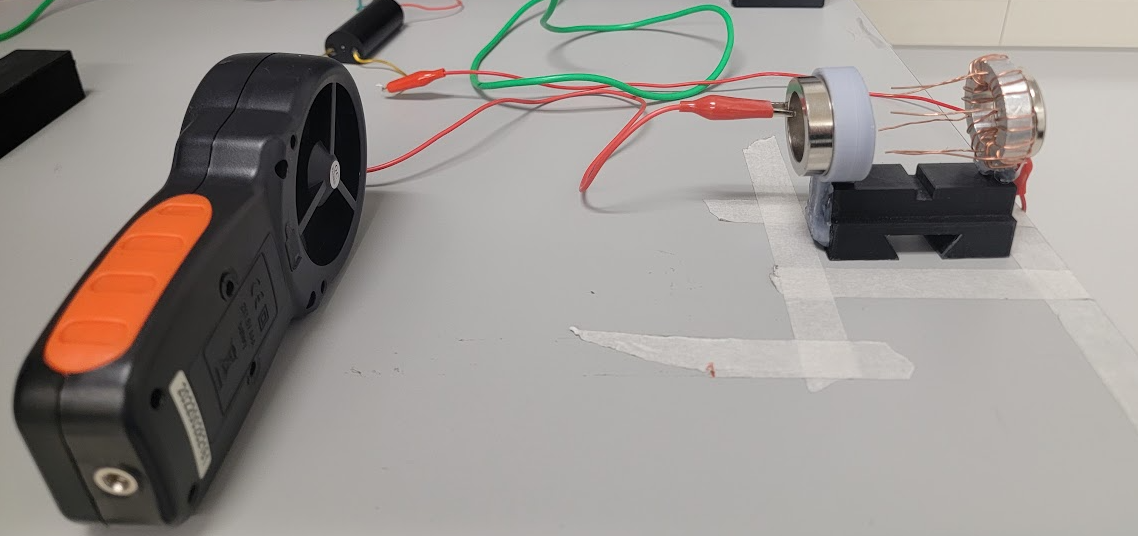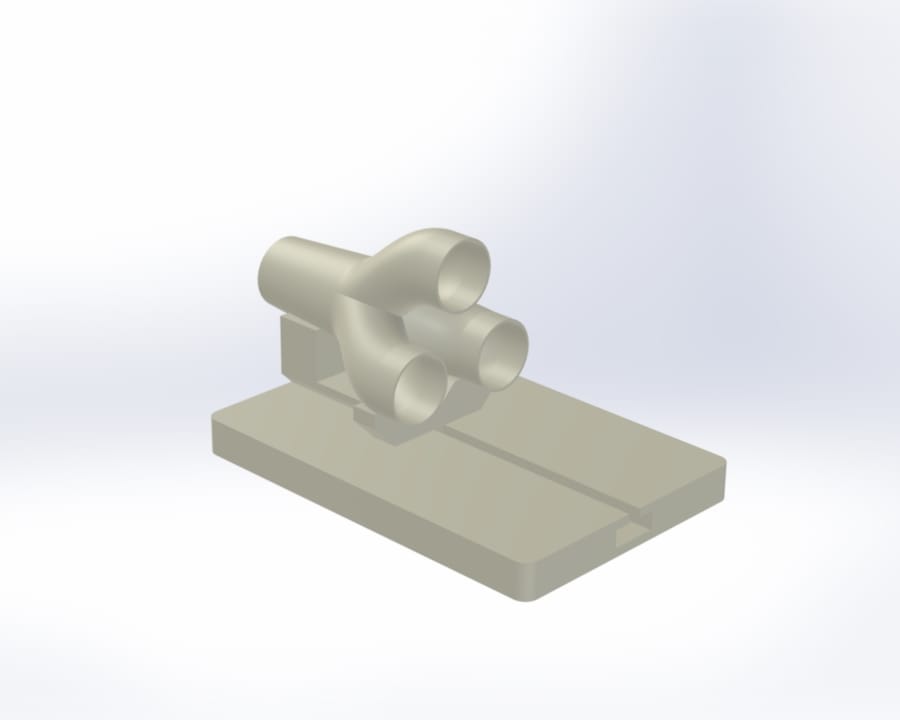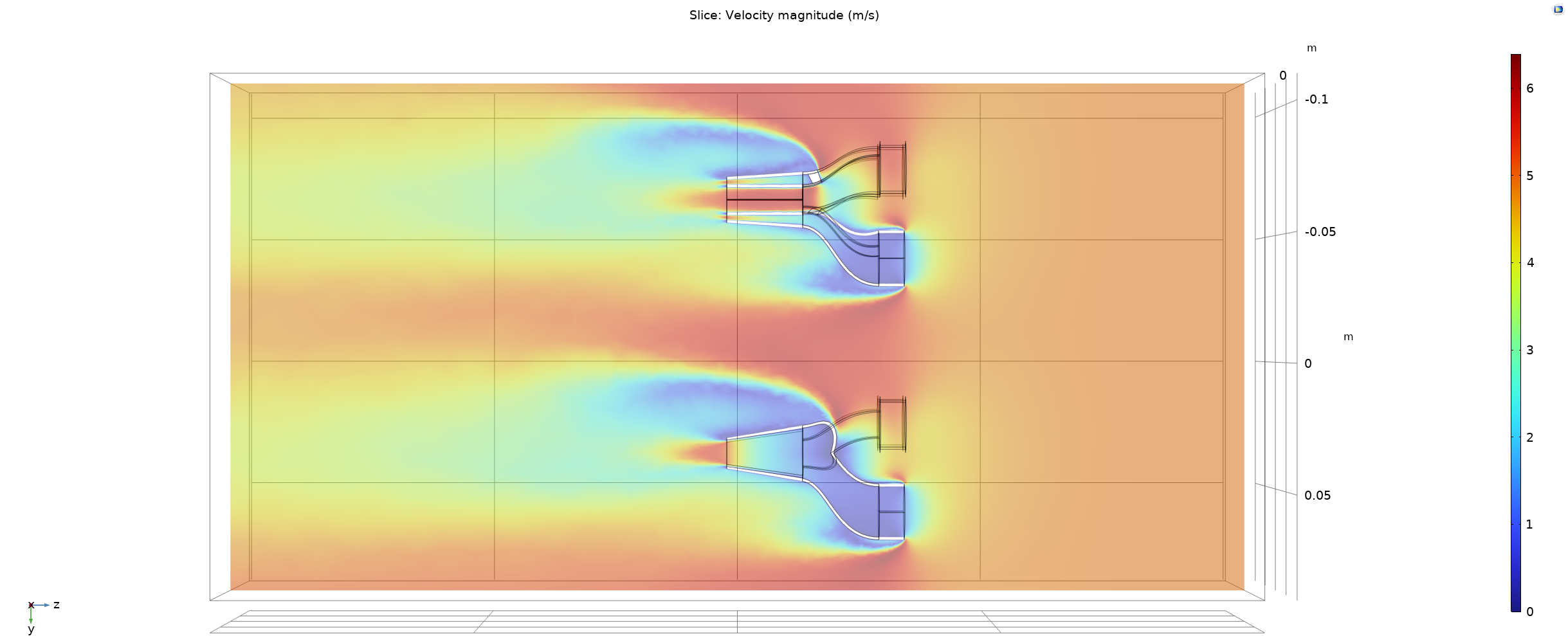Ion Thruster
Ion Thruster
Compute • CubeSatExploring electrohydrodynamic (EHD) propulsion for atmospheric applications, focusing on thrust generation through ionized air acceleration.
Highlights
- Compact EHD propulsion unit capable of generating measurable thrust and airflow
- Modular design for easy electrode and collector geometry swapping
- Stable corona discharge with controlled ionization region
- Scalable setup for airflow, thrust, and magnetic field coupling experiments
- Supports future development toward hybrid ionic–magnetohydrodynamic propulsion concepts
Overview
We target a lightweight, high-efficiency EHD thruster designed for laboratory and small-scale aerial experiments. The system must produce consistent airflow in the 1–10 m/s range, integrate with high-voltage power control, and allow precise measurement of thrust, discharge current, and flow characteristics.
Approach
We begin with electrode geometry optimization and discharge stability testing using high-voltage power supplies and load-cell measurements. Collector and emitter configurations are varied to study airflow patterns and thrust efficiency. Data from flow visualization and anemometry guide the refinement of electrode spacing, material selection, and magnetic assistance for ion acceleration.
Results
Early bench tests show stable corona discharge and measurable thrust output with consistent flow profiles across multiple geometries. Next steps include electrode material comparison, integration of magnetic fields for enhanced ion transport, and comprehensive air-flow and thrust mapping under controlled conditions.
Gallery




